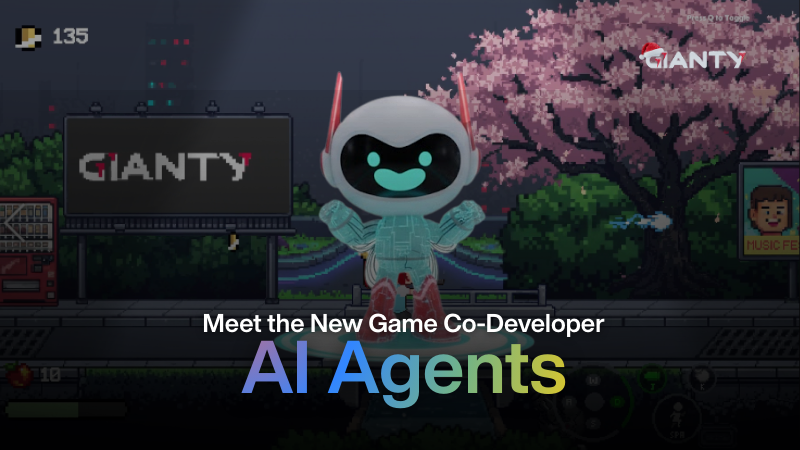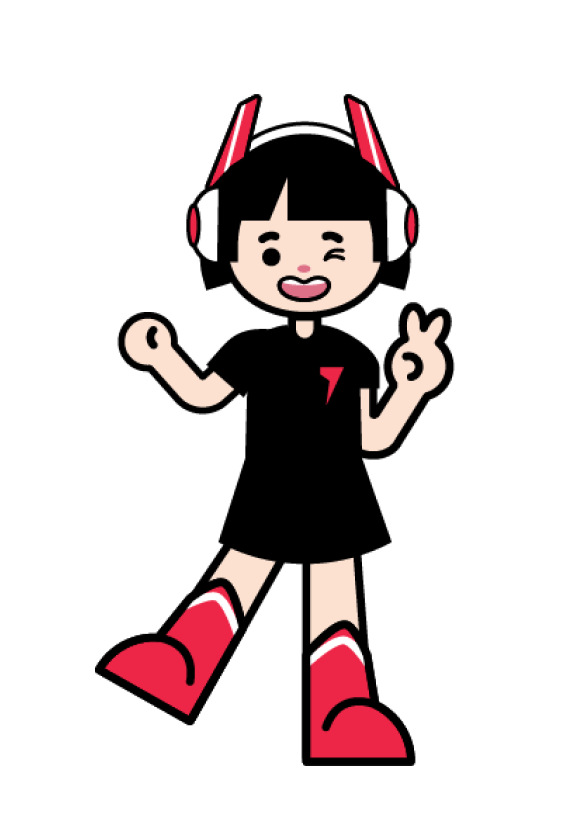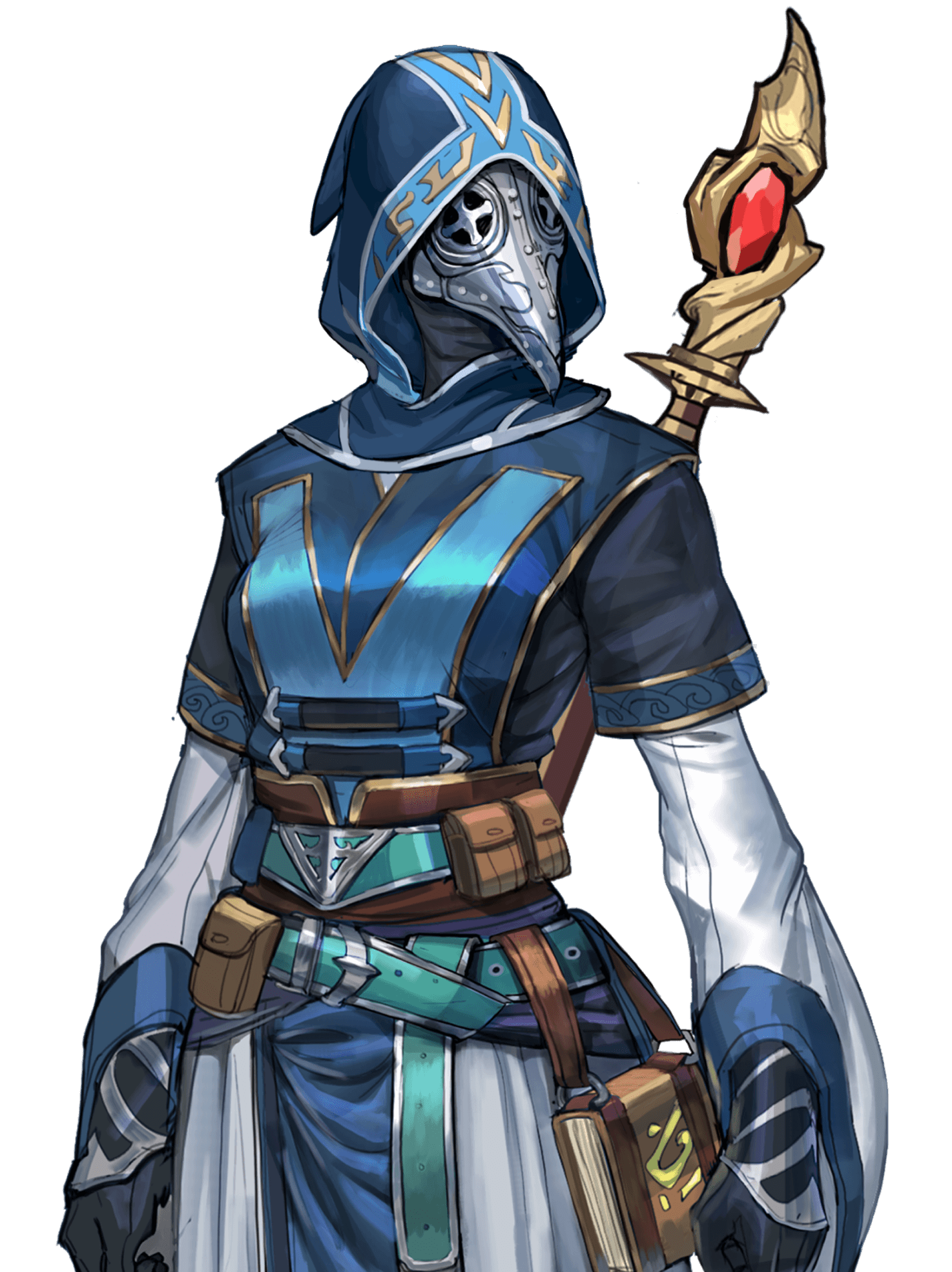Dedicated team models have become the go-to solution for studios aiming to accelerate game production while maintaining quality. In a global gaming market where deadlines are tight and player expectations are high, more companies are opting for this model to access skilled professionals, streamline costs, and ensure timely delivery.
With a dedicated team, you’re not just outsourcing tasks – you’re integrating a group of experts fully aligned with your game’s creative and technical vision. But to assemble the right mix of talent, it’s essential to collaborate with a trusted game development company that can guide you:
- How to translate your game vision into a structured production roadmap.
- Which roles and skill sets does your game development project truly need?
- How to manage your dedicated team effectively for maximum ROI.
Steps to Build the Best Dedicated Game Development Team
Game development is a long, intricate journey from initial concept to live operations, and having the right team can make all the difference. Here’s a step-by-step approach to ensure you hire the right dedicated team
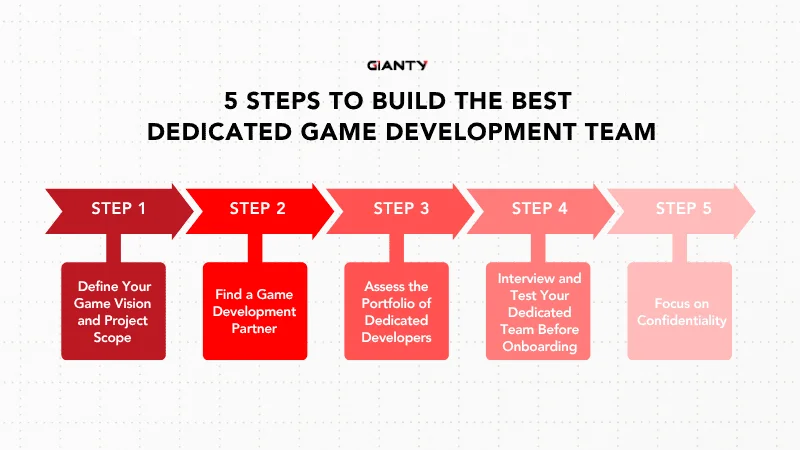
Step 1: Define Your Game Vision and Project Scope
Before you start hiring, clarity is key.
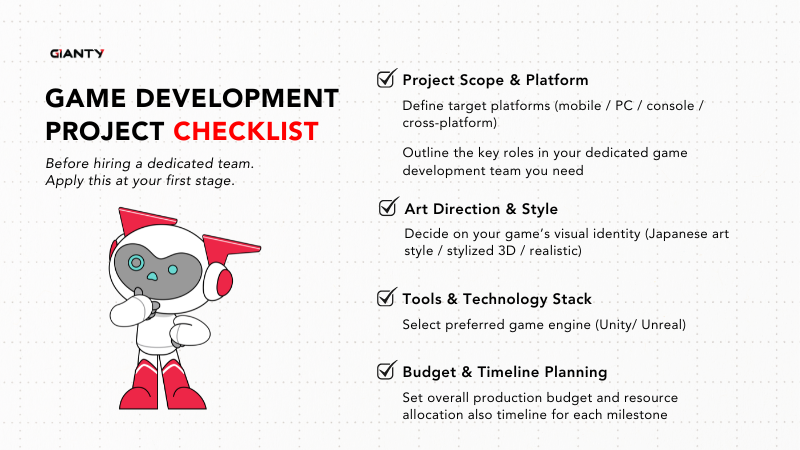
Define the game concept, genre, target audience, and technical scope to ensure your dedicated team understands exactly what you need.
Ask yourself:
- What platform(s) will your game release on: mobile, console, PC, or cross-platform?
- What kind of art style are you aiming for: Japanese art style, stylized 3D, or realistic?
- What tools and engines will the team use: Unity or Unreal Engine?
- What’s your budget and timeline for each milestone (prototype, vertical slice, or full production)?
Having these details documented helps your game development partner assign the right experts, such as game designers, developers, artists, and QA testers.
Pro tip: A well-prepared project brief is the foundation of any successful dedicated team setup.
Step 2: Find a Game Development Partner
Now that you know what you need, it’s time to find the partner who can actually deliver.
Working with an established game development company ensures you’re not just hiring individuals but gaining access to a full production ecosystem, from pipelines, tools, art direction, to experienced project management.
When evaluating potential partners, consider:
- Proven experience with your game genre or art style.
- Case studies or shipped titles similar to your project.
- Project management process
- Regional expertise (example: GIANTY’s deep understanding of Japanese art style. You can watch our works here).
What matters most here is alignment: on culture, communication, time zones, and technical expertise.
Step 3: Assess the Portfolio of Dedicated Developers
Before making any hiring decisions, thoroughly review the portfolio of your shortlisted candidates or team. This helps you evaluate their artistic quality, technical expertise, and experience in projects similar to yours.
Assessing portfolios gives you the flexibility to adjust team composition based on project needs, ensuring every role from character artist to game designer.
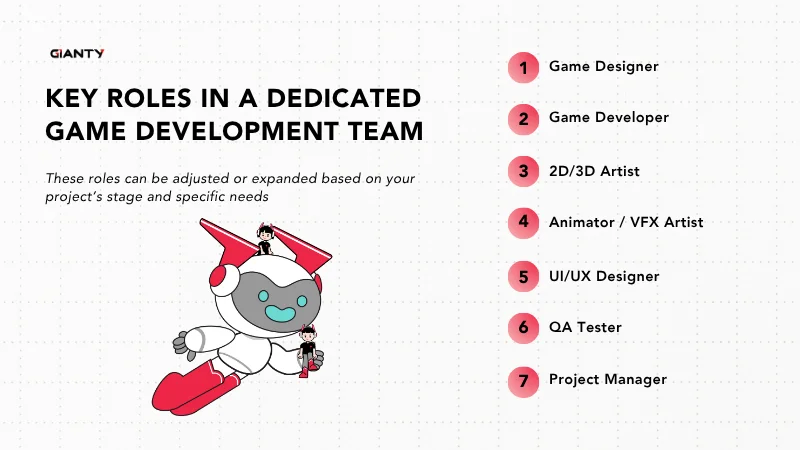
Once that’s clear, these details help your game development partner assign the right experts to bring you a dedicated dream team typically includes:
- Game Designer – sets gameplay direction.
- Developer / Programmer – builds and optimizes systems.
- 2D/3D Artist – creates characters and environments.
- Animator / VFX Artist – brings visuals to life.
- UI/UX Designer – ensures intuitive player experience.
- QA Tester – maintains quality and stability.
- Project Manager – oversees milestones and delivery.
Remember: A great dedicated team is built on proven craft and shared creative language.
Step 4: Interview and Test Your Dedicated Team Before Onboarding
Even if portfolios look impressive, it’s essential to personally evaluate your dedicated team before bringing them on board. Interviews reveal how candidates think, communicate, and this gives insight beyond portfolios.
Follow up with skill tests or a short pilot task to evaluate their coding, art, or design performance under real conditions.
This phase helps evaluate:
- Technical depth (engine knowledge, code structure, optimization).
- Artistic quality (consistency with your visual style).
- Problem-solving and time management under realistic conditions.
- Collaboration and feedback responsiveness.
Remember, you’re not just hiring skillsets, you’re also hiring a mindset.
Step 5: Focus on Confidentiality
Protecting your game’s intellectual property is non-negotiable. Before onboarding your dedicated team, ensure that NDAs are in place.
A trusted partner will guarantee:
- Strict access control for project files and repositories.
- Clear IP ownership terms in contracts.
- Secure infrastructure and version control systems.
- Regular compliance reviews for data protection and privacy.
Challenges and Best Practices for Managing a Dedicated Team
Once you’ve built your dedicated game development team, the next crucial phase begins – management. Hiring the right people is only half the journey; ensuring they work together efficiently, creatively, and in sync with your studio’s goals is where real success happens.
Challenge 1: Communication Gaps Across Time Zones and Roles
Game projects move fast, and communication is everything. But when your dedicated team is spread across regions, creative feedback can get lost in translation.
Best Practices:
- Set a consistent communication rhythm: daily standups, weekly demos, milestone reviews.
- Use shared tools and the same communication channels to centralize updates.
- Document everything: gameplay logic, design notes, asset revisions so intent never gets lost.
Clear communication transforms distributed teams into one cohesive creative unit.
Challenge 2: Lack of Clarity and Consistency on Game Vision and Goals
As we mentioned earlier, clarity is everything when building a dedicated game development team. But once you’ve defined your goals, the next key to success is consistency keeping that same vision alive across every sprint, feature, and update.
If your dedicated team doesn’t fully understand (and consistently revisit) your game’s purpose, they’ll end up building disconnected features instead of a cohesive experience.
Best Practices:
- Share your Game Design Document (GDD), product roadmap, and creative pillars early on.
- Keep the team aligned with regular milestone reviews and updated references for visuals, gameplay, and tone.
- Encourage open discussion, let designers and developers ask “why” before they dive into “how.”
- Reiterate your game’s vision at each major stage to prevent creative drift.
Clear direction builds momentum but consistent reinforcement keeps it strong. That’s how a dedicated team stays focused, inspired, and fully aligned with your game’s identity from day one to launch.
Challenge 3: Integrating Dedicated Teams with In-House Developers
A common issue is treating dedicated game developers like an external vendor instead of part of the same studio. This can create creative silos and slow coordination.
Best Practices:
- Include dedicated teams in sprint planning, retrospectives, and creative reviews.
- Share workflows, tool access, and internal communication channels.
- Celebrate wins together – shared culture builds shared ownership.
Challenge 4: Maintaining Quality Across Game Builds and Milestones
As a project scales, keeping consistent quality across builds, art updates, and gameplay loops becomes harder. Without tight alignment, bugs, style drift, or performance issues can creep in.
Best Practices:
- Set clear quality benchmarks
- Run QA testing at every sprint, not just before release.
- Conduct regular playtests to improve continuously.
Challenge 5: Scaling your Dedicated Team
As your game evolves from prototype to post-launch your team must evolve too. Without flexibility, you risk overloading core members or facing skill mismatches.
Best Practices:
- Reassess your team composition at every major milestone.
- Add specialists when needed at each different stage.
- Partner with a game development company like GIANTY that can scale or pivot your team quickly without losing progress or quality.
Master These Three with GIANTY’s Dedicated Team Model: Clarity, Consistency, and Connection
The real difference between a team that delivers and a team that transforms lies in clarity, craft, and consistency. That’s what every dedicated game development team at GIANTY is built on.
GIANTY is a Asia-based game development company with production centers in Japan and Vietnam, combining Japan-quality craftsmanship with global delivery standards. Our approach goes beyond outsourcing, it’s about creating long-term production partnerships that scale with your vision. From early concepting to live operations, our teams plug into your workflow, adapt to your tools, and deliver results that meet both creative and commercial goals.
We don’t just add people to your project – we build integrated production teams that align with your studio’s standards, creative direction, and delivery goals.
Our teams combine:
- Deep game development experience across console, PC, and mobile, covering genres from RPGs to heavy-physic games.
- Specialized art and design capability: 2D to 3D character, background, UI/UX, animation,.. crafted to Japanese standards.
- Proven technical expertise in Unity Game Development
- Operational excellence: Japan-based for quality and vision alignment, Vietnam-based scalability for production speed and cost efficiency.
This is how GIANTY’s dedicated teams help studios maintain momentum and deliver creative precision, technical stability, project after project. Reach out to us and let’s shape a dream team for your next IP!





